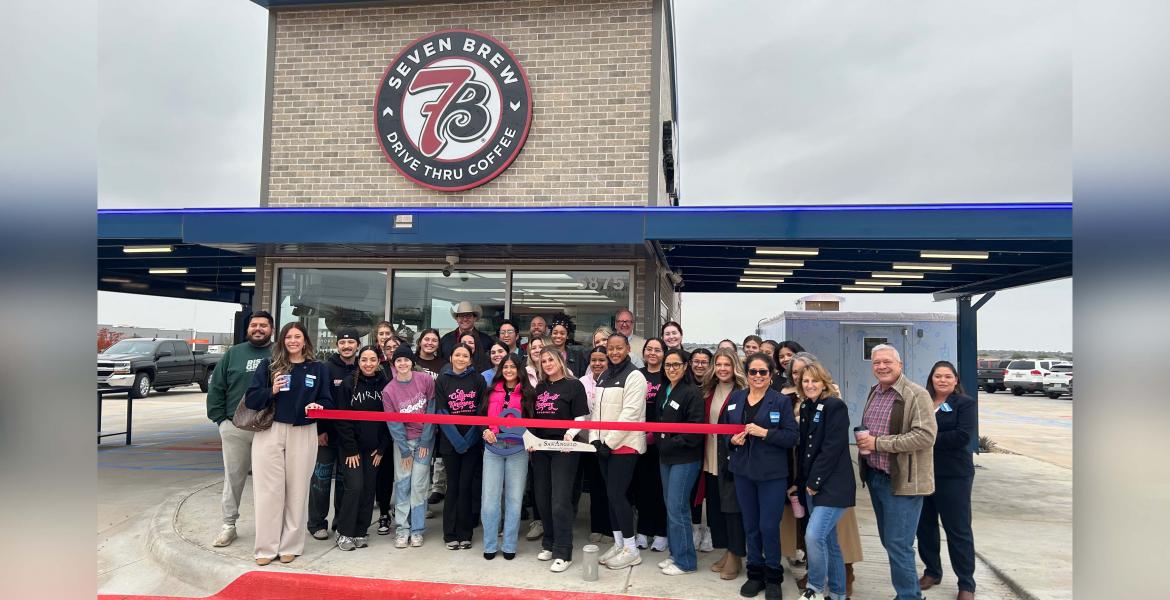The Concho Valley Workforce Development Board report covers 13 districts including Tom Green County. This report will show how the weekly average wage changed in West Texas in the last five years.
Cathy Ballard, Concho Valley Workforce Development, provided data that represents the third and fourth quarter starting with 2011-2015. The 3rd quarter comprises of the months of July, August and September. The 4th quarter covers October, November and December. Businesses don’t have to have their information update until April of a given year, meaning the 1st Quarter of January, February and March are not shown in these reports.
The first major factor regarding the changes in the average weekly wage (AWW) is the oil boom that reached West Texas in 2009 and started to end in 2015.
Ballard said, during the oil boom, a significant increase was seen in weekly hours for the Concho Valley Workforce, spiking to 80 hours for the average weekly wage.
“Many people were trying to apply for unemployment (young workers) when their hours were reduced from as much as 80 hours a week to as little as 36," said Ballard. "It makes a huge difference; affects spending power; increases public assistance requests; wives go back to work; and day care waiting lists get longer. We may see more changes as the recent quarterly wage data become available. However, we are doing pretty well in San Angelo. The rural counties are suffering the most.”
The (AWW) average weekly wage for the Concho Valley MSA is shown through April 2013-2016.
In the fourth quarter of 2014, going into 2015, the change for the Workforce Development Area (WDA) reported an $853 AWW. This changed to $771 during the third quarter of 2015, and then raised to $830 in the fourth quarter of 2015. The increase was $59 in the AWW for the Concho Valley WDA.
Many factors can change the weekly wage, such as more employment opportunities, the housing market and inflation.
“Definitely, any of these factors could change the average weekly wage," Ballard explained. "However, the factor that changes it more often is when there aren't as many people working, and when overtime is cut substantially. I haven't seen much of a downturn as it appears that fewer people working just reduces the divisor. Normally, businesses don't reduce wages; they reduce employment.”
With many of the oil jobs leaving San Angelo since the spike in oil prices changed, the following data recorded the change in AWW.
The Quarterly change shown for April 2013 was $18.32 for the Concho Valley, with $7.70 for the state of Texas. This changed from the $695.53 reported in the 2nd quarter of 2012 and changed to $713.85 in the 3rd quarter of 2012. The Texas average was $922.14 in the 2nd quarter and changed to $929.84 for the 3rd quarter.
The next report in April of 2014 showed an $8.28 change from the 2nd Quarter numbers of 2013 raising from $725.93 to $734.21 for the 3rd quarter.
The biggest reported change was recorded in April of 2015 showing a $65.17 increase in the AWW for the Concho Valley WDA. The Fourth Quarter of 2013 started at $788.77 and changed to $790.04 for the third quarter of 2014. The AWW for the Concho Valley concluded with $855.21 during the 4th quarter of 2014, with the Texas average recorded as $1,071.29.
Subscribe to the LIVE! Daily
Required






Post a comment to this article here: